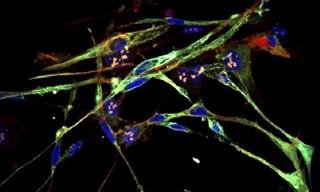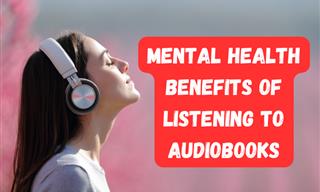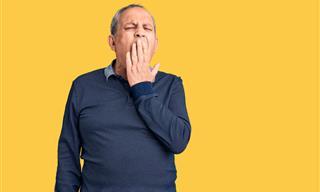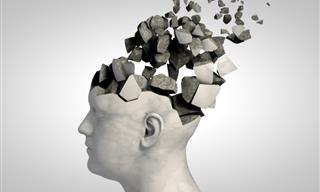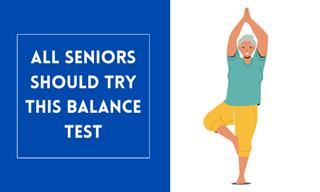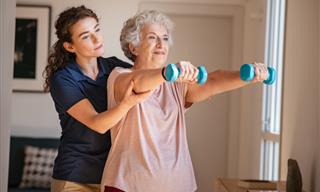For retirees and aging adults, staying active and sharp is essential, but the path to achieving that balance may have just taken a fresh turn. While daily exercise and healthy eating have long been staples of a well-rounded senior lifestyle, researchers now propose an innovative approach to improving both physical fitness and mental clarity. It’s called Brain Endurance Training (BET), and it might just hold the key to unlocking a stronger, healthier future for older adults.
Related: New Breakthrough: This Diet May Help Slow Brain Aging
A new study led by scientists from the University of Extremadura in Spain and the University of Birmingham in the U.K. reveals how BET combines brain training with physical exercise, uniquely boosting cognitive function and physical performance, even in times of mental fatigue. Here’s what this breakthrough means for aging individuals aiming to stay sharp and strong.
The science behind Brain Endurance Training (BET)
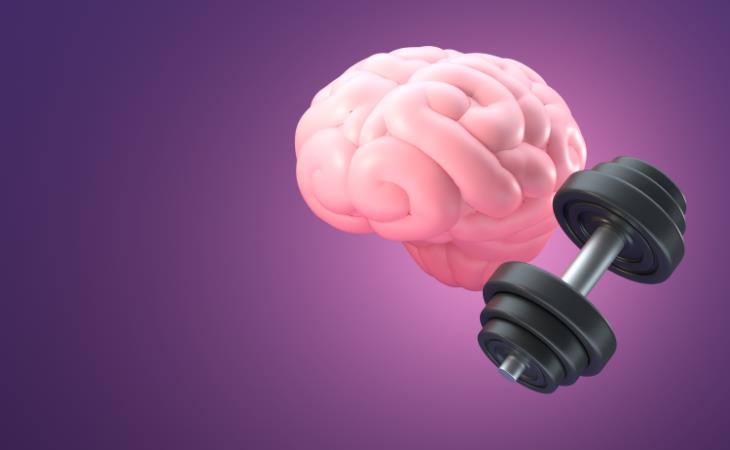
Brain Endurance Training isn’t about adding a few mental puzzles to your day; it’s a structured approach that integrates cognitive challenges directly into exercise routines. Published in Psychology of Sport & Exercise, this study suggests that BET may significantly improve cognitive and physical performance by training the mind to endure mentally exhausting tasks before engaging in physical workouts.
According to lead researcher Chris Ring from the University of Birmingham, the BET approach aims to enhance performance under fatigue. “We have shown that BET could be an effective intervention to improve cognitive and physical performance in older adults, even when fatigued,” Ring says. This dual benefit could improve not just physical health but also cognitive sharpness, reducing the risk of falls, accidents, and cognitive decline.
The study: How BET works in practice
The study’s participants included 24 healthy but sedentary women between the ages of 65 and 78. Divided into three groups, one group underwent BET, another performed physical exercise alone, and a control group did not participate in any training program.
Both the BET and exercise-only groups followed the same eight-week physical training routine, which involved three 45-minute sessions each week. These sessions included resistance exercises and aerobic activities like walking. The only difference? Before each exercise session, the BET group spent 20 minutes on a challenging cognitive task to engage their minds.
Combining brain-stimulating exercises with physical exercise, the BET program aims to improve participants' resilience to mental and physical fatigue, a skill that becomes increasingly important as we age.
Related: Sip Red Wine to Improve Aging Skin
Testing the results: Tracking cognitive and physical gains
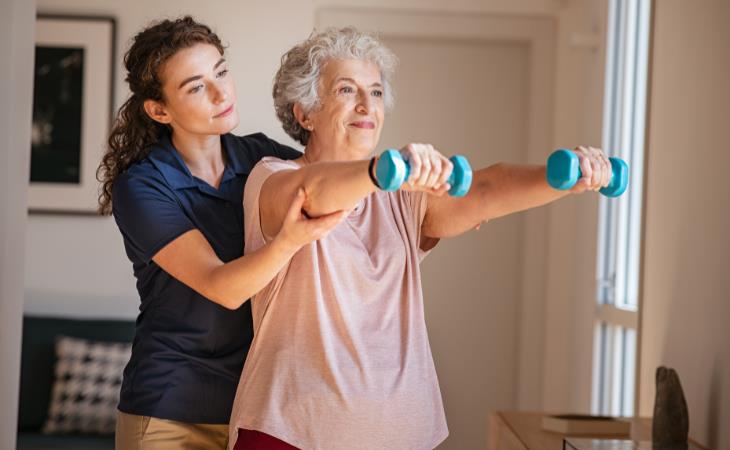
The researchers monitored the participants’ progress over four key points: before training began, halfway through, immediately after the eight-week program, and four weeks post-training. They measured improvements in both cognitive and physical domains using various tests.
For cognitive performance, they used tests like the Stroop test, which assesses a person’s ability to override automatic responses—a key part of cognitive control. Another test, the psychomotor vigilance task, helped assess reaction time and alertness. Physically, participants took on the six-minute walk test, a 30-second chair stand test (for leg strength and endurance), and a 30-second arm curl test (for upper-body strength).
To examine the impact of fatigue on performance, each assessment was conducted twice—once in a “fresh” state and again after a 30-minute cognitive challenge. This setup allowed researchers to gauge how well participants maintained their performance under mental fatigue.
Key findings: BET outperforms standard exercise
The results were compelling. While both the BET and exercise-only groups experienced notable improvements compared to the control group, the BET group consistently outperformed the exercise-only group, especially when tested in a fatigued state.
One highlight: participants in the BET group improved their performance on the chair stand test by 59.4% in fatigued conditions, compared to a 47.5% improvement in the exercise-only group. On the cognitive side, the BET group showed a 12.1% improvement in accuracy on the Stroop test when fatigued, versus a 6.9% increase in the exercise-only group. These findings point to a clear advantage in using BET over traditional exercise alone.
The potential for real-life impact
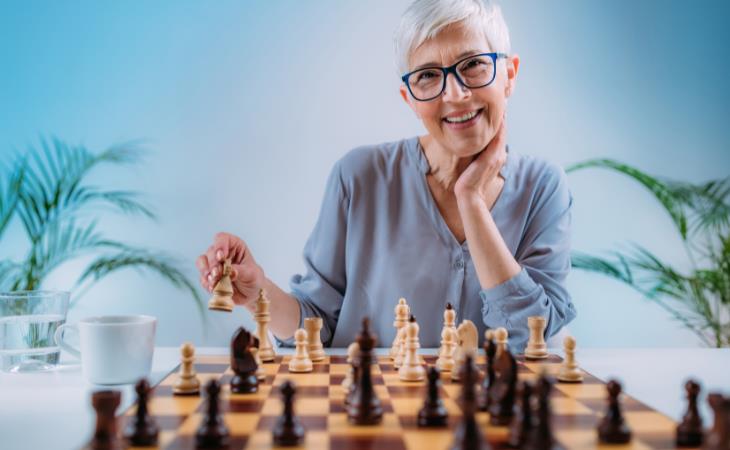
Maintaining cognitive and physical performance during fatigue has practical applications in daily life, especially for older adults. In scenarios where quick reflexes and mental clarity are needed—such as navigating stairs, cooking, or even socializing—BET could make a tangible difference. Additionally, as participants reported finding physical activity easier over time, BET could encourage consistent exercise by reducing perceived effort, making it more enjoyable and sustainable.
Ring notes that the recalibration of effort perception might lead older adults to stick with regular exercise routines, reinforcing both mental and physical health. In this way, BET could be a powerful tool to keep older adults active, independent, and mentally agile as they age.
Related: Daily Supplement to Boost Brain Function in Older Adults
Why BET is promising for long-term health
As we grow older, cognitive decline and physical frailty are often seen as inevitable. But BET offers hope that these aspects of aging can be actively managed and mitigated. By blending brain challenges with physical training, BET addresses the holistic needs of an aging body and mind, promoting what scientists call a “healthspan” approach—prioritizing both the length and quality of life.
The study’s findings are significant, but Ring stresses the need for further research to understand the full potential of BET, especially in a broader demographic that includes both men and women. Yet, these promising initial results provide a foundation for encouraging older adults to adopt BET for maintaining both brain and body health.
A shift in how we view senior fitness
The concept of fitness is expanding beyond muscle strength and cardiovascular endurance. BET emphasizes cognitive fitness, highlighting the brain’s role in overall well-being and resilience. For many aging adults, this could shift how they approach exercise, incorporating mental challenges that are just as important as physical ones.
BET could also become a cornerstone in senior fitness programs and even serve as an alternative to more traditional training methods. From retirement communities to fitness centers, there’s potential to integrate BET, offering seniors a way to stay engaged, sharp, and physically active.
Looking ahead: What BET could mean for future generations
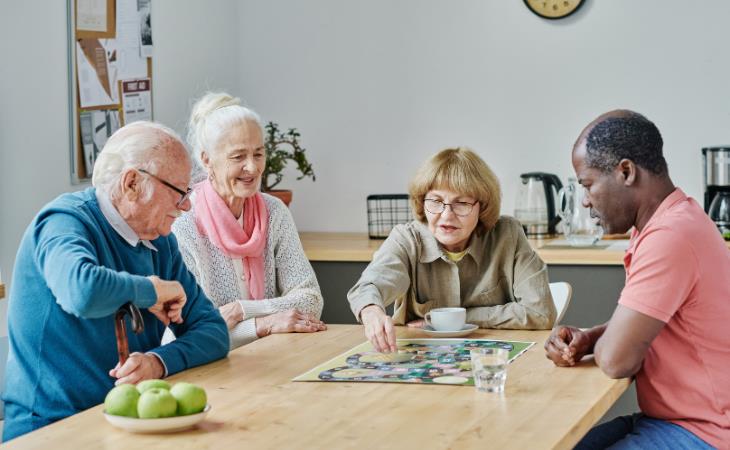
The implications of BET reach beyond current generations of seniors. As research continues, younger generations may start adopting BET principles early, proactively combining cognitive and physical training to delay the onset of age-related decline. This forward-thinking approach could reshape aging and redefine expectations for future seniors, helping them lead healthier, more fulfilling lives.
Related: This Anti-Aging Workout Will Make You Look & Feel Young
While we can’t stop the clock, BET shows that we might be able to slow it down. With the potential to improve cognitive and physical endurance, BET brings a new perspective to senior fitness and healthy aging. For those ready to redefine what it means to grow older, BET could offer a practical and transformative solution.
It’s not just about staying fit; it’s about staying sharp, strong, and ready for what comes next. The possibilities may be just beginning, and for the seniors of tomorrow, BET might be the key to a more vibrant, engaged life well into their golden years.
 Go to BabaMail
Go to BabaMail























